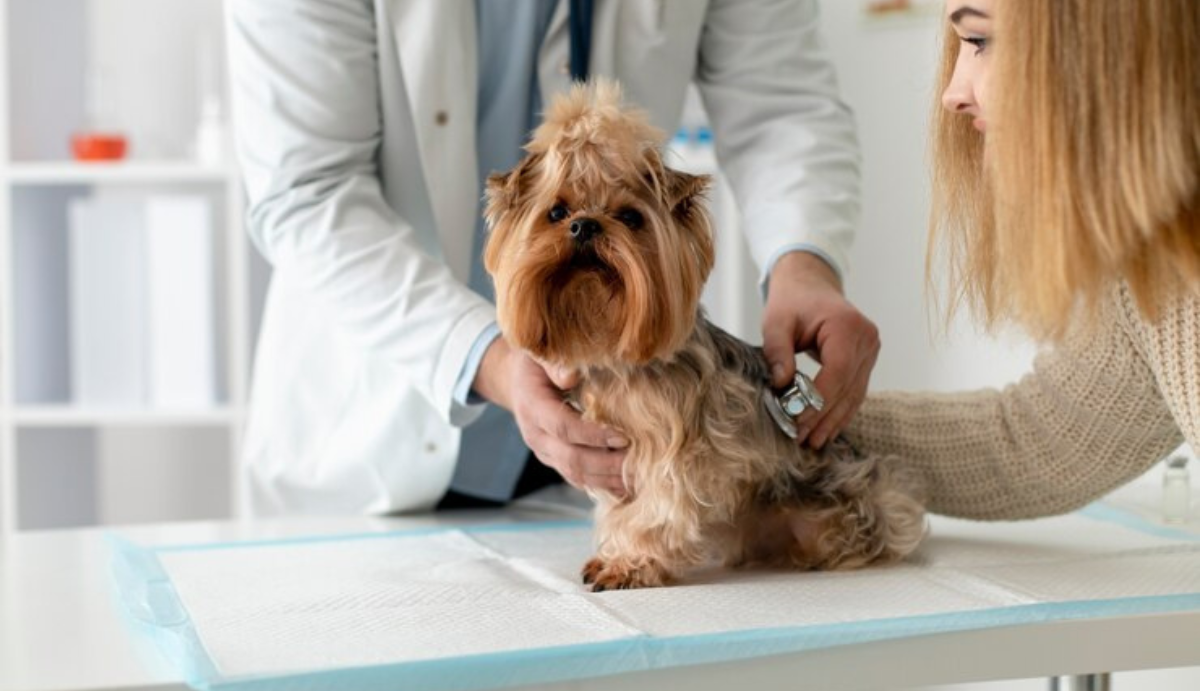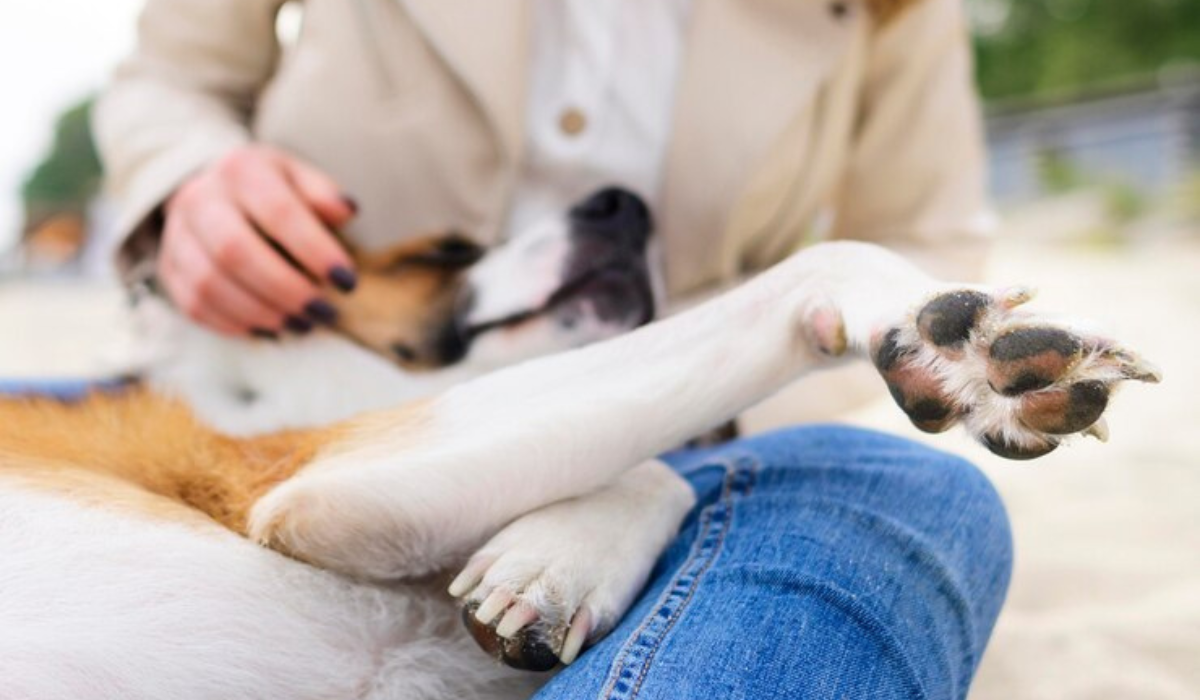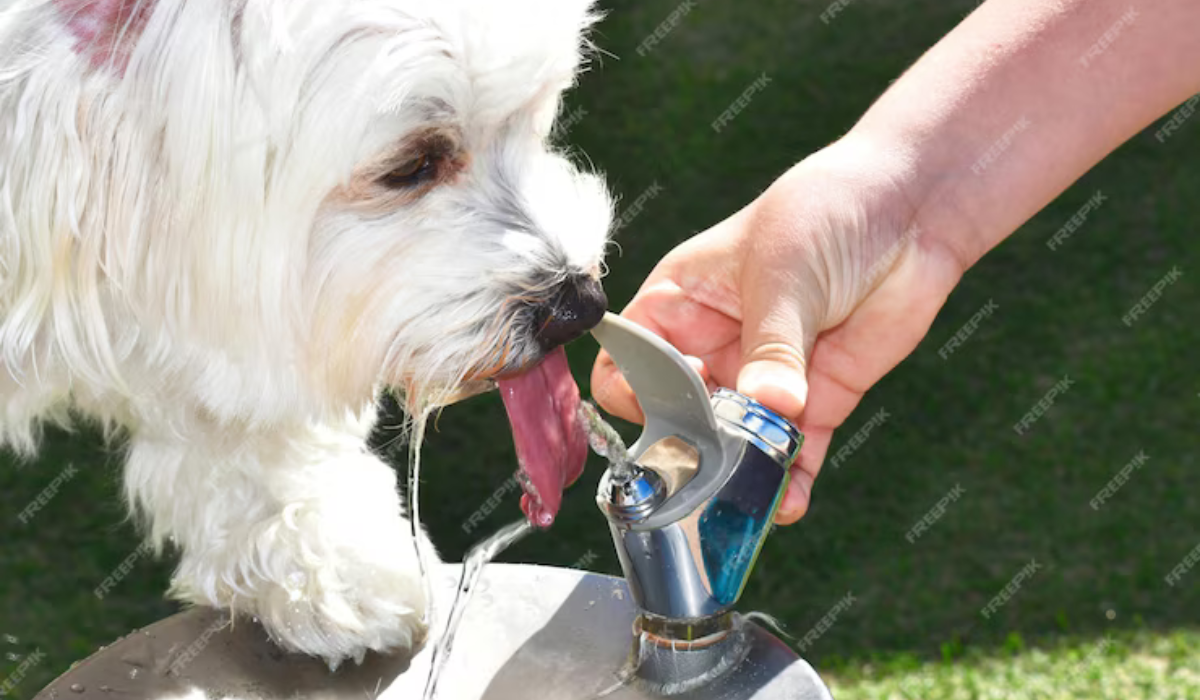It’s important to protect your dog from heat-related problems as summer temperatures rise. Dogs regulate their body temperature primarily through panting. This makes them more susceptible to heat stress in high temperatures. Follow this summer safety checklist to ensure the safety of your dog.
Understanding Cooling Mechanism:
The dogs lack the large number of sweat glands that humans possess, so they rely on panting to regulate body temperature. This mechanism is ineffective in high temperatures and therefore, proactive measures are needed.
Breeds that are vulnerable to disease:
Some breeds are more susceptible to heat stress. These include brachycephalic dogs, overweight dogs, thick-coated dogs, and those with preexisting conditions such as heart disease. These dogs have a harder time regulating their body temperature, and therefore require extra precautions.
Heat Stress Signs:
Heat stress can be detected early by restlessness, whining or difficulty breathing. Rectal temperatures between 104 and 106 degrees indicate heat stress.
Immediate actions to take:
When you see signs of heat exhaustion, immediately move your dog indoors or to the shade. Allow them to rest at least 20 mins on a cool surface and offer water. Consult a veterinarian if symptoms persist beyond 30 minutes, or if the rectal temperature is above 106 degrees.
Differentiating between heat stroke and heat stress:
Differentiate between heat stress – a short-term discomfort – and heat stroke – a severe condition that affects the entire body. Heat stroke is a potentially life-threatening condition that requires immediate veterinary attention.
Heat stroke:
Heat stroke can be identified by vomiting, diarrhea and abnormal clotting. It may also cause neurologic symptoms such as seizures. Supportive care is essential, including cooling measures, intravenous fluids and medications.
Long-Term Consequences of Veterinary Treatment
Heat stroke may cause kidney or liver damage. The veterinary treatment is supportive, with the goal of bringing your dog’s body temperature back to normal.
Implementing prevention strategies:
- Avoid spending time outdoors when temperatures exceed 90 degrees.
- Outdoors, provide shaded areas with fresh water.
- Be cautious with brachycephalic dogs, particularly when temperatures exceed 70°F.
- Plan your walks and playtime for cooler times of the day.
The Importance of Preventing Reasidual Damage
The goal of a heat stroke is to return the patient to a normal life. However, in some cases there may be residual liver or kidney damage. To avoid these consequences, it is important to take care of yourself and follow the checklist.
Other Tips for Summer Pet Protection:
Additional precautions for your pet’s health are needed as the temperatures increase in summer:
Consider Humidity
High humidity can cause temperature spikes as pets pant to cool themselves. Shade is essential for flat-faced breeds.
Shade is vital:
Use trees, tarps or a fence with a dog door to provide ample shade.
Avoid closed doghouses
Airflow can be restricted in doghouses, increasing heat. Open shelters are better for ventilation.
Hydration is key:
Pets don’t perspire, so a constant supply of water is essential. Your pet will likely need water if you do.
Schedule Breaks:
Plan breaks for your pets even on sunny days to avoid overheating.
Exercise Timing:
Avoid the hottest part of the day by exercising in the morning or evening. In extreme heat, limit strenuous activity.
Cool Treats
To help your dog cool off, offer frozen treats such as “pupsicles”. This is a delicious and refreshing way to beat the heat.
You Should Be Aware of Your Comfort Level:
It’s not just you that feels hot, but also your pets. On scorching days, be cautious and put your pet’s well-being first.
Why are my dog’s ears hot?
Heatstroke can cause hot ears. Be on the lookout for symptoms such as heavy breathing, drooling and intense panting. Access to water is important for all pets, but especially white ones that are prone to sunburn.
How to prevent paw burns
Avoid hot asphalt as it can cause paw pads to burn. When possible, choose grassy surfaces to protect your pet’s sensitive paws.
Water Safety Tips
Introduction to Water
Introduce your pet to the water gradually, beginning with shallow areas. Use toys to entice them. Always keep your pet on a leash during the acclimation process to avoid any traumatic situations.
Use life jackets:
Canine life jackets are beneficial to all dogs, including puppies, senior citizens, and those who have never swum before. Safety is paramount when participating in water sports.
Follow these guidelines, and incorporate additional safety measures to ensure that your pets have a safe summer. Keep an eye on your pets, put their wellbeing first, and create a safe environment for them to thrive in the heat.









